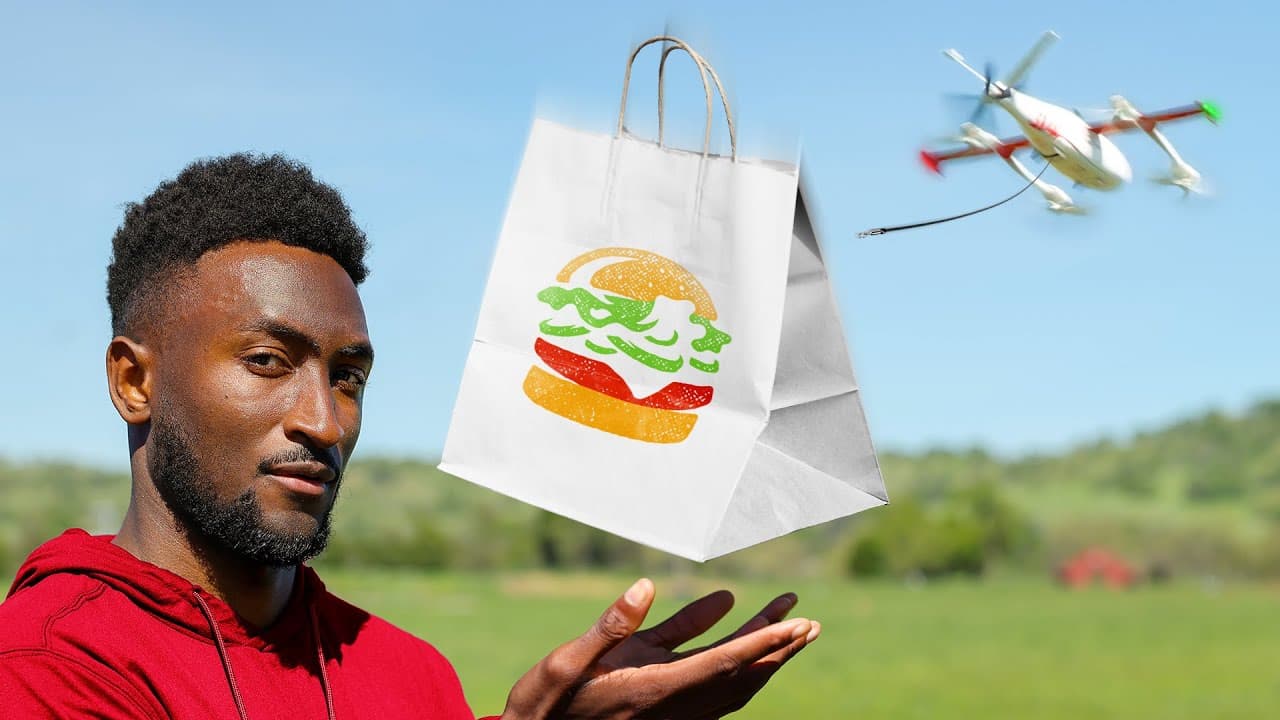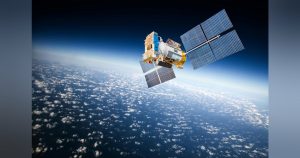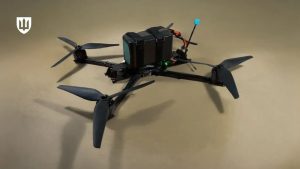Zipline’s Drone Delivery Revolution Unveiled: MKBHD Explores the Future of Logistics
In a recent reveal, tech influencer Marques Brownlee, commonly known as MKBHD, delved into the innovative realm of drone delivery with Zipline, a company surpassing major competitors like Amazon and Alphabet in autonomous aerial logistics. His latest video provides an in-depth look at Zipline’s advanced Platform 2 system, accentuating its precision and effectiveness in redefining urgent deliveries. From transporting medical supplies in Rwanda to executing pinpoint drops like a power bank, this video explores Zipline’s technology and its implications for the future of the Drone Industry.

Zipline’s Evolution: From Slingshots to Precision Drops
Zipline’s journey began in 2016 with its Platform 1, featuring a fixed-wing autonomous aircraft propelled from a massive slingshot. This aircraft could reach speeds of 60 mph in just a quarter of a second, delivering crucial supplies like blood to remote Rwandan hospitals using parachutes. This pioneering endeavor has saved numerous lives, as showcased in videos by creators like Real Engineering and Mark Rober.
Today, Zipline’s Platform 2 signifies a remarkable advancement. Weighing 55 lbs, this hybrid drone uses articulating propellers for hover capability and a fixed carbon-fiber wing to cruise efficiently at 70 mph. Notable is its 5 lb “Zip” droid, which descends from 330 ft (100 meters) to accurately place packages on the ground, assisted by GPS and onboard computing technology. MKBHD illustrates its potential by demonstrating a power bank delivery completed in under 30 seconds.

Technical Breakdown: Engineering a Quiet, Reliable Fleet
Zipline’s drones are engineered for lightweight efficiency, featuring a styrofoam body and a carbon-fiber wing, with batteries positioned at the front for a 20-mile range. Equipped with sensors and adjustable thrusters, the Zip droid ensures deliveries land precisely where intended, avoiding obstacles like rooftops. The drones operate quietly due to advanced acoustical engineering methods that adjust propeller speeds to reduce noise.
Safety is a top priority; having flown over 100 million miles without incidents involving humans, Zipline’s system boasts extensive redundancies. It conducts 500 safety checks every second and incorporates real-time obstacle avoidance. In the event of an emergency, a parachute aids in controlled descents. The designs also account for rainy weather, ensuring robust performance even in adverse conditions.

Market Implications: Where Drone Delivery Excels
Zipline focuses on niche markets rather than aiming to replace all delivery trucks. MKBHD emphasizes scenarios like delivering baby formula to families in need or essential first-aid supplies in remote areas where speed can be critical. In Rwanda, Zipline’s drones have drastically reduced delivery times for vital medical supplies, showcasing their efficacy. With a delivery window of just 3-5 minutes over a 3-5 mile range, they outperform traditional vehicle delivery for small, urgent parcels.
Moreover, as a fully electric operation, Zipline reduces operational costs significantly compared to conventional gas-powered delivery vehicles. Brownlee foresees a future where businesses establish dedicated delivery points for drones, enhancing convenience for food and package delivery. At a competitive price of $1 USD per delivery, this model presents an attractive alternative to the $5-10 USD average in traditional delivery systems.

Regulatory Challenges and Infrastructure Requirements
Expanding Zipline’s operations depends heavily on navigating airspace regulations, a task recognized by Brownlee as complex. In the U.S., the Federal Aviation Administration (FAA) regulates airspace classes with strict guidelines regarding altitude and operations beyond visual line of sight. While Rwanda provided a more manageable regulatory environment, the U.S. market presents challenges due to dense air traffic. However, Zipline’s operational altitude of 330 ft allows it to remain within safer boundaries.
Infrastructure challenges are manageable, as docking stations are compact and the technology requires minimal human intervention. Yet, deploying drones in urban areas, particularly in high-rise environments, poses additional logistical challenges. Brownlee suggests that while drone deliveries may not service tall buildings immediately, suburban and rural areas have better potential for implementation.

Conclusion: A Niche Game-Changer with Wider Potential
Zipline’s drone delivery solutions may not serve every logistical challenge, but they are carving a crucial niche in the market. This combination of speed, silence, and sustainability is set to revolutionize urgent deliveries, from critical healthcare needs to quick consumer requests. Its success poses a significant challenge to larger corporations like Amazon and Alphabet, highlighting a growing divide in technological advancement within the industry.
Looking ahead, regulatory approvals and public acceptance will determine the full extent of Zipline’s reach. Though concerns about visual pollution from drones arise, the progression of this technology indicates a promising future ahead.
Zipline’s initiatives prove that drone delivery isn’t mere science fiction; it is a feasible solution thriving in specialized applications. Expect forthcoming competition as this innovative player continues to redefine the landscape of drone logistics.
Photos courtesy of Marques Brownlee / MKBHD / Zipline













